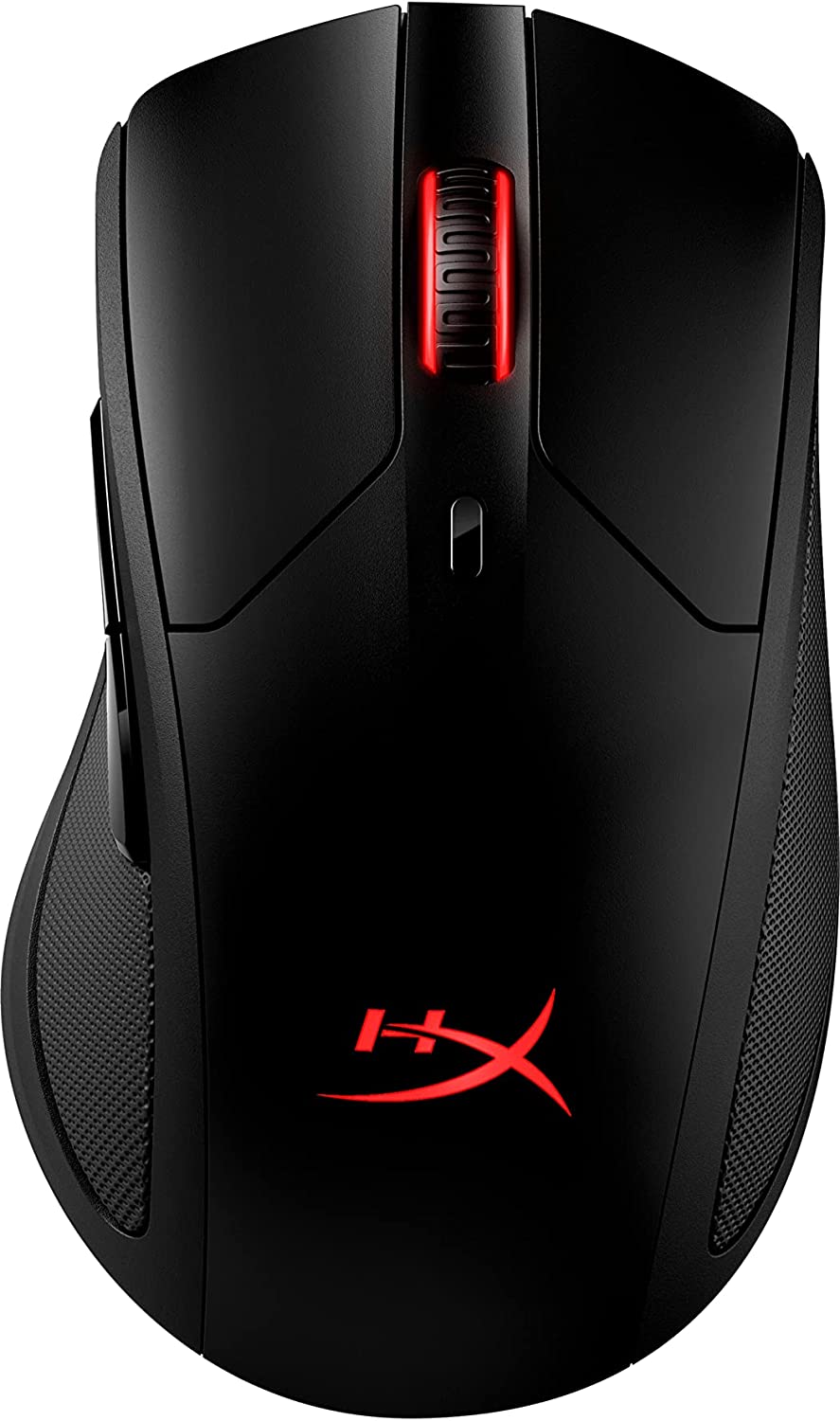Ergonomics: An agreeable grasp and ergonomic plan can have a tremendous effect you would say. During prolonged gaming sessions, a mouse that provides adequate support and fits comfortably in your hand can assist in reducing strain and fatigue. Choose a mouse that is the right size and shape for your hand, has a good grip, and is made of a material that you like. A few mice might accompany movable loads or palm rests that permit you to modify the vibe of the mouse however you would prefer.
DPI/CPI: The mouse’s sensitivity can be measured in either DPI (dots per inch) or CPI (counts per inch). When playing fast-paced games that require quick movements, a higher DPI/CPI can be advantageous. However, sensitivity varies from game to game and application to application. It is a personal choice. Adjustable DPI/CPI settings on some mice let you change the sensitivity on the fly. Choose a mouse that has a DPI/CPI range that meets your requirements.
Customization: Both the software and the buttons on the mouse can be customized to meet your specific gaming requirements. You should look for a mouse that has buttons that you can program to perform particular functions or execute macros. You might be able to customize the lighting, sensitivity, and button mapping of some mice with the software that comes with them. Search for a mouse that offers simple to-utilize programming and a serious level of customization.
Wired versus Remote: Wireless mice offer greater mobility, whereas wired mice typically provide quicker response times. Consider your own inclinations and gaming style while choosing which one to pick. In recent years, wireless mice have made significant advancements, and their response times now roughly match those of wired mice. They do, however, need batteries and may experience signal interference or connection drops. A mouse with a low latency (the time between your movement and the mouse’s response) and a high polling rate (the rate at which the mouse sends data to your computer) is a good choice.
Sensor Type: Optical and laser sensors are the most well-known sorts of sensors tracked down in gaming mice. Laser sensors, on the other hand, are more adaptable and able to function on a wider variety of surfaces, and optical sensors typically have a lift-off distance (the height at which the mouse stops tracking movement) that is shorter. There may be hybrid sensors included in some mice that offer the best of both worlds. Find a mouse with a sensor that works well for you and your gaming environment.
Build Quality: Gaming mice can withstand a lot of wear and tear, so you should look for one made of sturdy materials and of high quality. It’s possible that mice with reinforced connectors or braided cables will last longer than mice with standard plastic cables. You may be able to extend the mouse’s lifespan by replacing its feet on some models. Search for a mouse with great form quality that can endure the afflictions of gaming.
Price: Prices for gaming mice can range widely based on features and brand, and they can be affordable or expensive. When selecting a gaming mouse, think about your budget and the features that are most important to you. Some features, like customizable buttons or a high DPI/CPI, may be more important to you than others. Choose a mouse that meets your specific gaming requirements while also providing good value.
Button Type: On gaming mice, there are a variety of buttons, including mechanical, membrane, and hybrid switches. Membrane switches may have a softer feel, whereas mechanical switches are typically more responsive and long-lasting. The best of both worlds are combined by hybrid switches. Choose a mouse that has buttons that you like and that gives you good feedback.
Style of Grip: Gamers use a variety of grips, including palm, claw, and fingertip grips. The size and shape of the mouse you need may be affected by the grip style you use. Look for a mouse that gives your hand good support and fits how you like to hold it.
Weight: A gaming mouse’s weight can affect how well you perform and how comfortable you feel. For faster movements, some gamers prefer lighter mice, while others prefer heavier mice for greater control. Search for a mouse with customizable loads or a weight that suits your inclinations.
Lighting in RGB: RGB lighting can give your gaming setup a cool new look. You can customize the RGB lighting on some gaming mice by adjusting the settings. Choose a mouse with RGB lighting that you like and that you can easily customize.
Reputation of a brand: When purchasing a gaming mouse, another important consideration is the brand’s reputation. While some brands have been making gaming peripherals for a long time, others may be newer to the market. Choose a brand that has a good track record of producing gaming mice that are dependable and of high quality.
You can improve your gaming performance and find the best gaming mouse with a butterfly click for your needs by taking these factors into consideration.
















